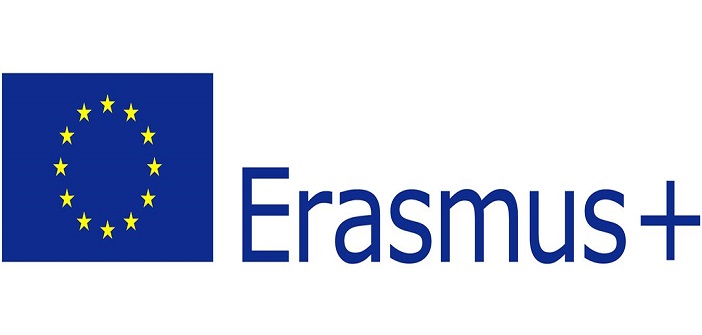The European mobility program Erasmus (became Erasmus+ in 2014) in a few figures
34
This is the number of countries participating in the Erasmus+ program: the 28 member states of the European Union as well as Iceland, Liechtenstein, the Republic of Macedonia, Norway, Serbia, and Turkey.
When it was created in 1987, the program had 11 participating countries (Germany, Belgium, Denmark, Spain, France, Greece, Ireland, Italy, the Netherlands, Portugal, and the United Kingdom).
9 million
This is the number of people who, 30 years after its creation, have benefited from Erasmus. Among them, 4.4 million students, but also middle school and high school students, apprentices, educators, trainers, recent graduates, job seekers, volunteers, professionals from the nonprofit and sports sectors…
If in the 1990s the program only targeted students, it now concerns a very diverse range of audiences.
85,409
This is the number of people who benefited, in France, from mobility financed by Erasmus+ in Europe or outside Europe in 2018. Among them were more than 49,000 students (in university exchange or internships) and 18,000 learners from vocational training. The budget allocated to Erasmus+ in France in 2018 was 202 million euros, an increase of 23% compared to 2017. In 2019, this sum is expected to grow again to reach 247 million euros.
1 million
This is the number of babies that are said to have been born thanks to the Erasmus program, according to the European Commission… a figure that drew much attention when communicated in 2014, but which has been contradicted by several media. A third of former Erasmus+ students also have a life partner of another nationality.
France is the top sending country
France sends the most students on the Erasmus+ program (49,355 students in 2018), ahead of Germany, Spain, and Italy.
Where do Erasmus students go in Europe?
83 %
of Erasmus+ students report feeling more European after their trip. 85% of participants in the European Voluntary Service report feeling more aware of European values.
From 20 to 39 €
This is the daily grant an apprentice receives during an internship in the United Kingdom. The amount depends on the cost of living in the host country and the duration of mobility.
2 weeks
This is, for an apprentice, the minimum duration to go on an internship abroad with Erasmus+ (maximum 1 year). Middle school and high school students can go for 5 days to 12 months, educators and trainers from 2 days to 2 months, and students from 2 months (internship) to 1 year (studies).
2.2 billion euros
This is the European budget dedicated to the Erasmus+ program in 2016.
For the period 2014-2020, Erasmus+ represents 14.7 billion euros or 1.5% of the European Union budget. France benefits from 1.2 billion for this period.
In May 2018, the European Commission proposed to double the Erasmus+ budget for the period 2021-2027. This would then reach 30 billion euros.


